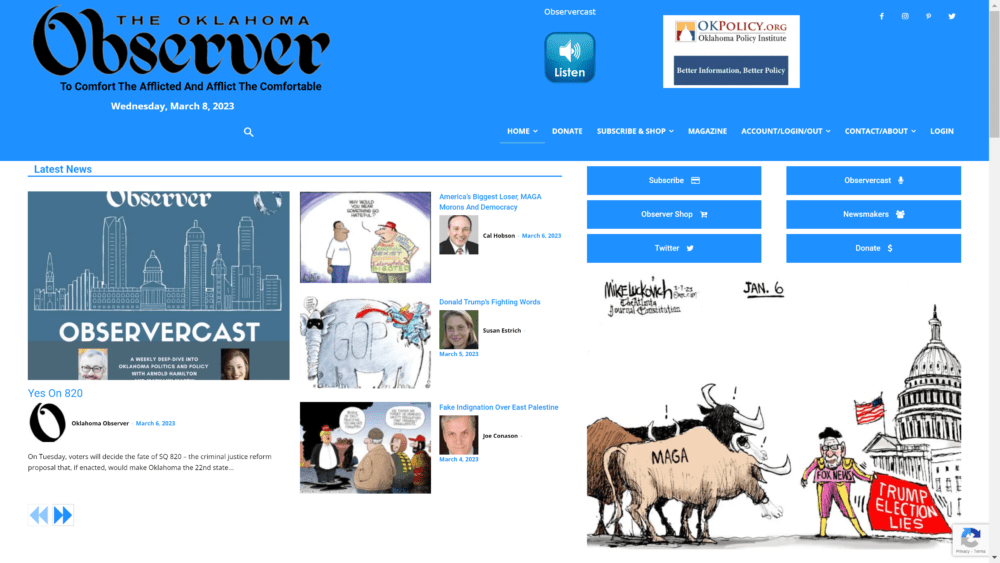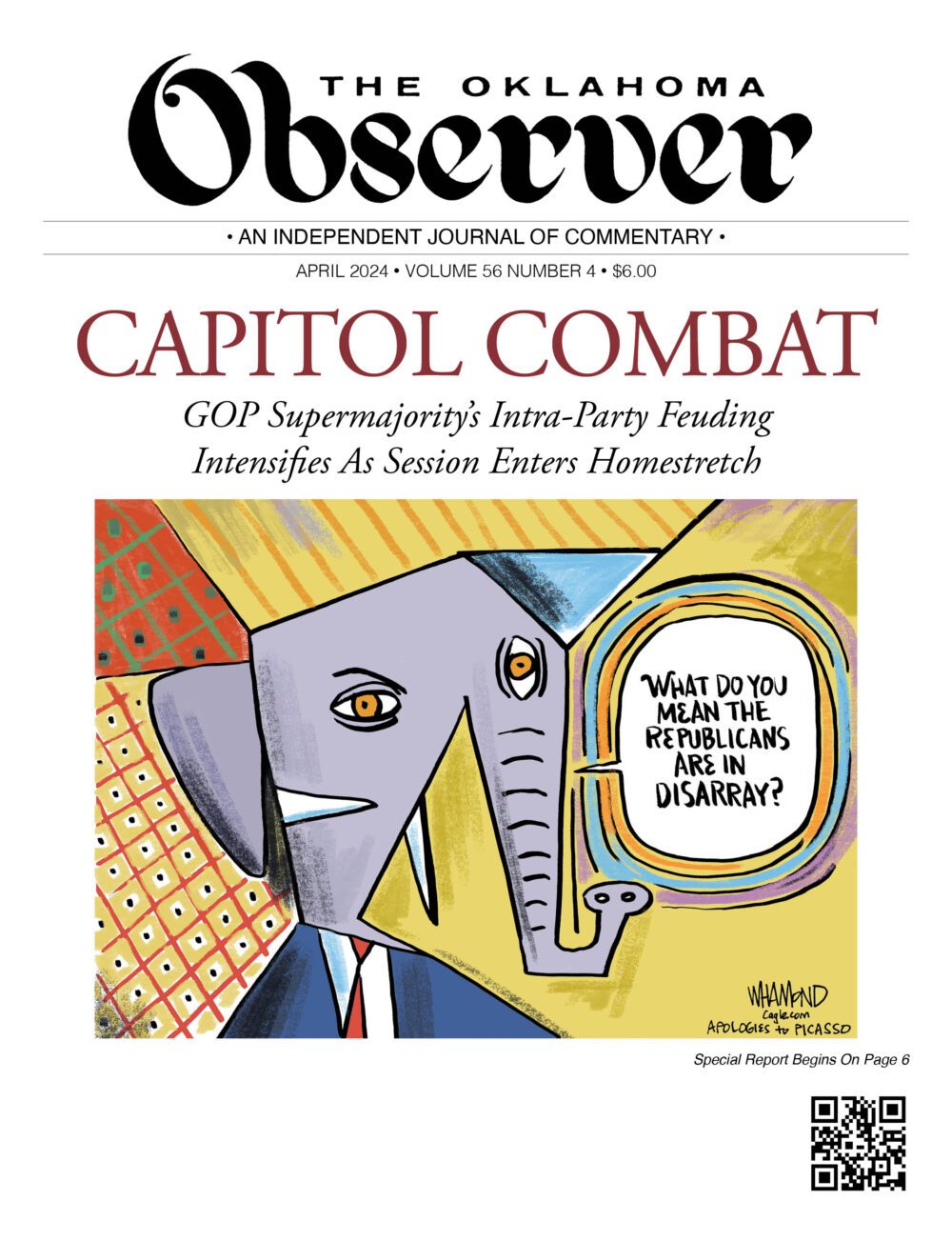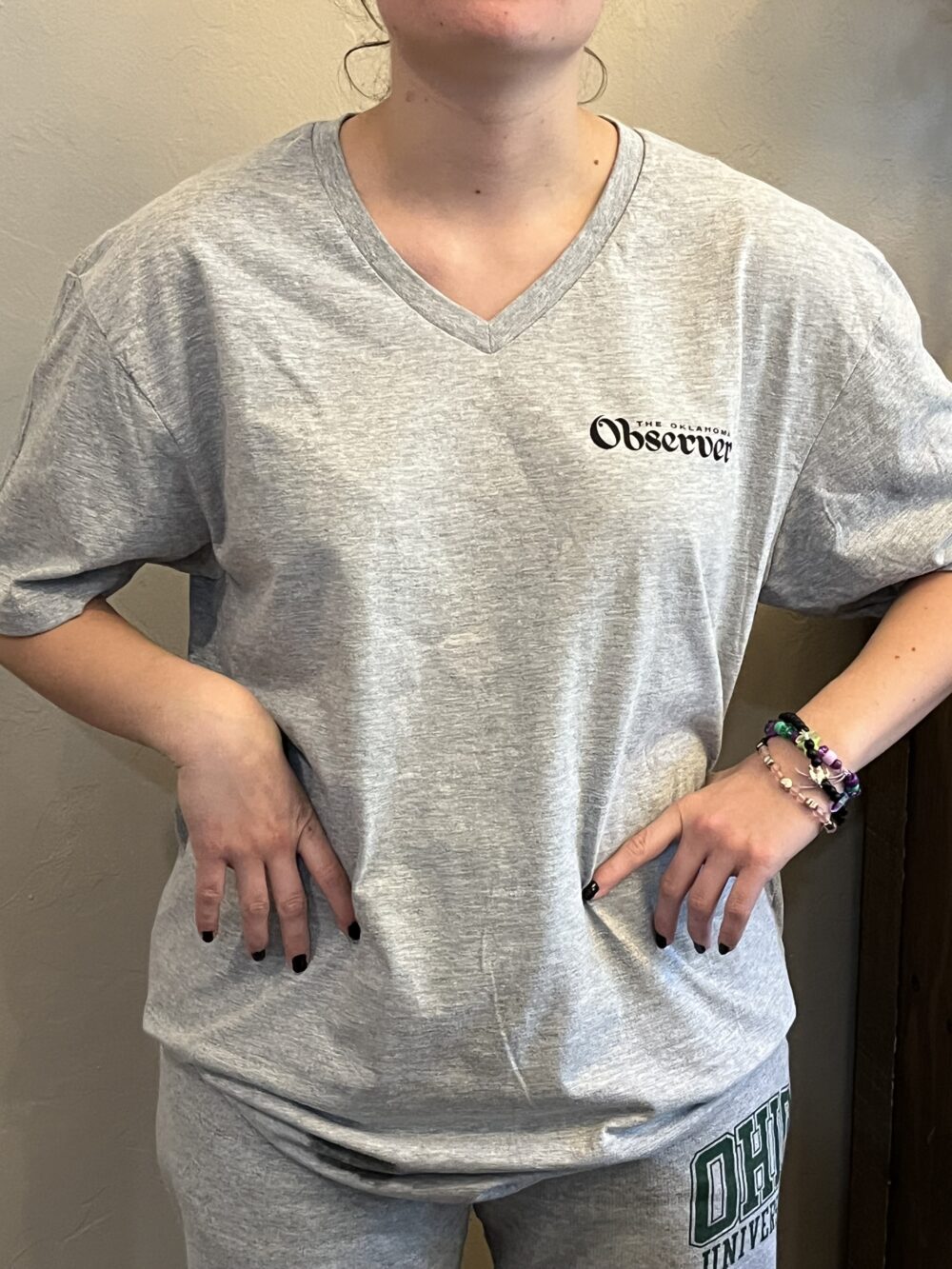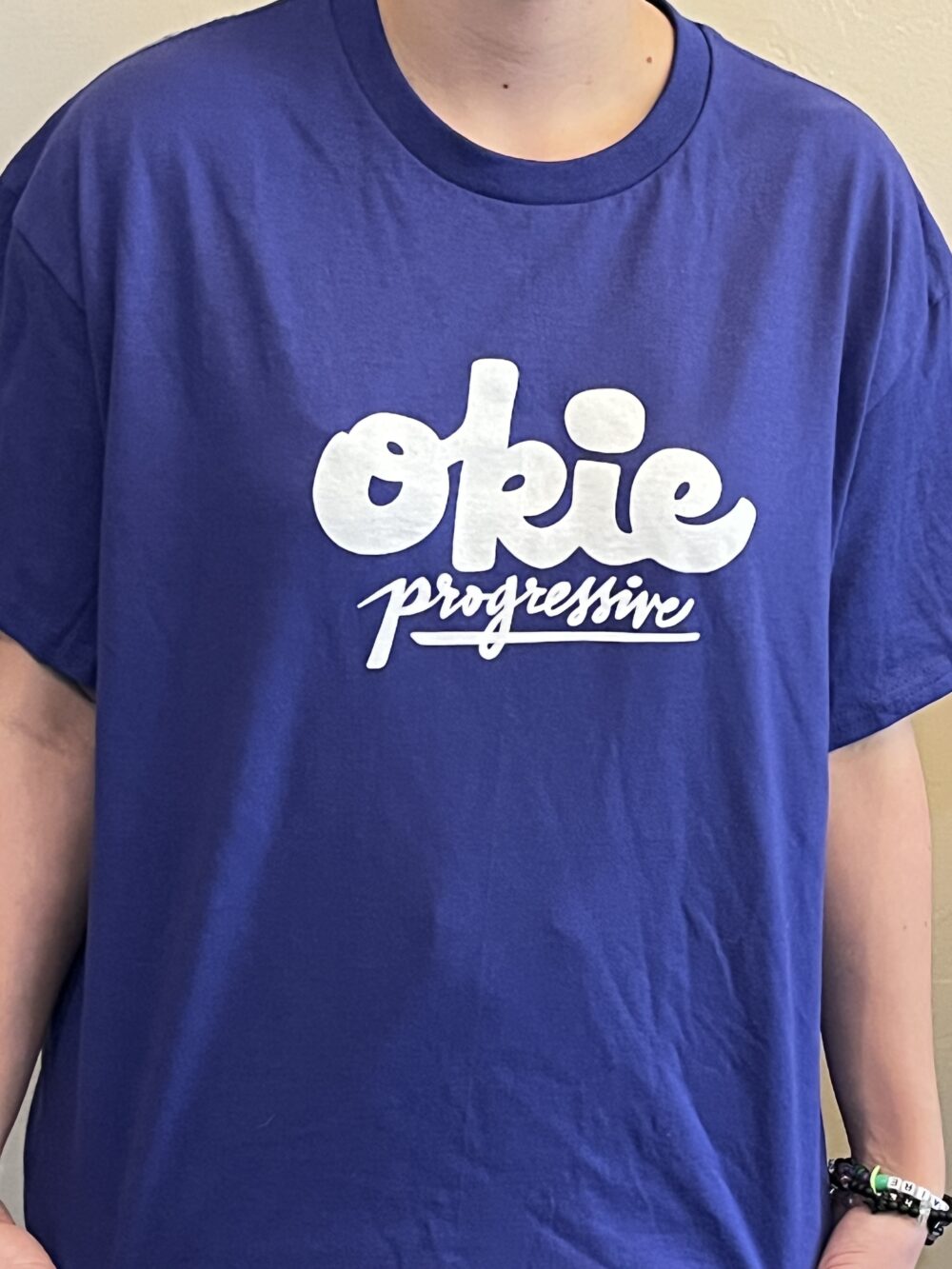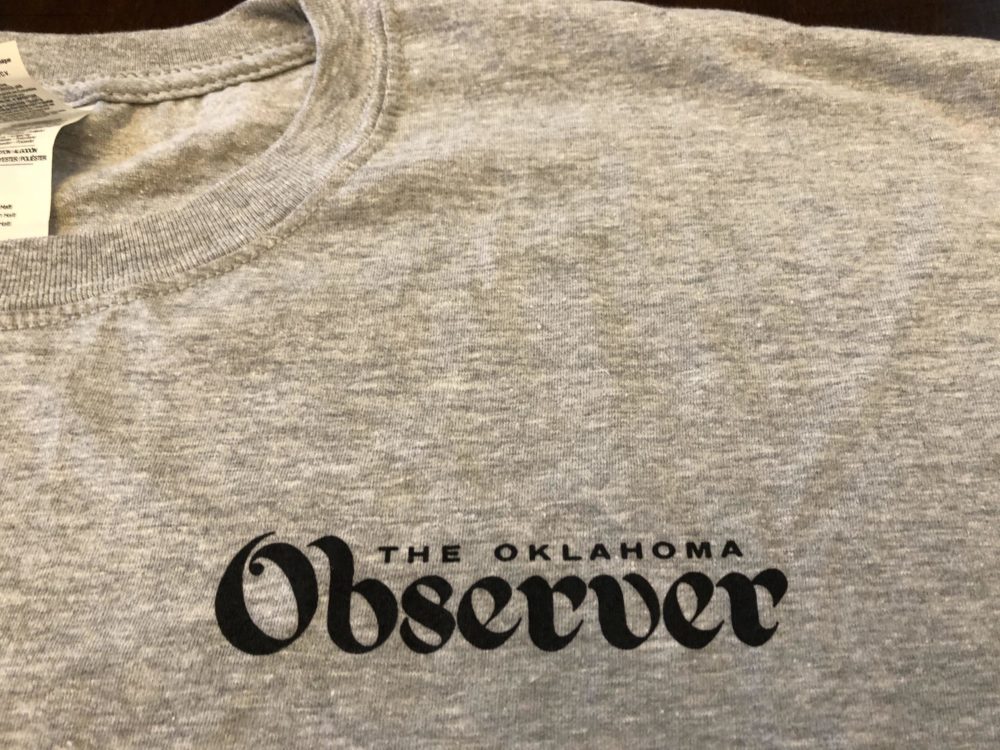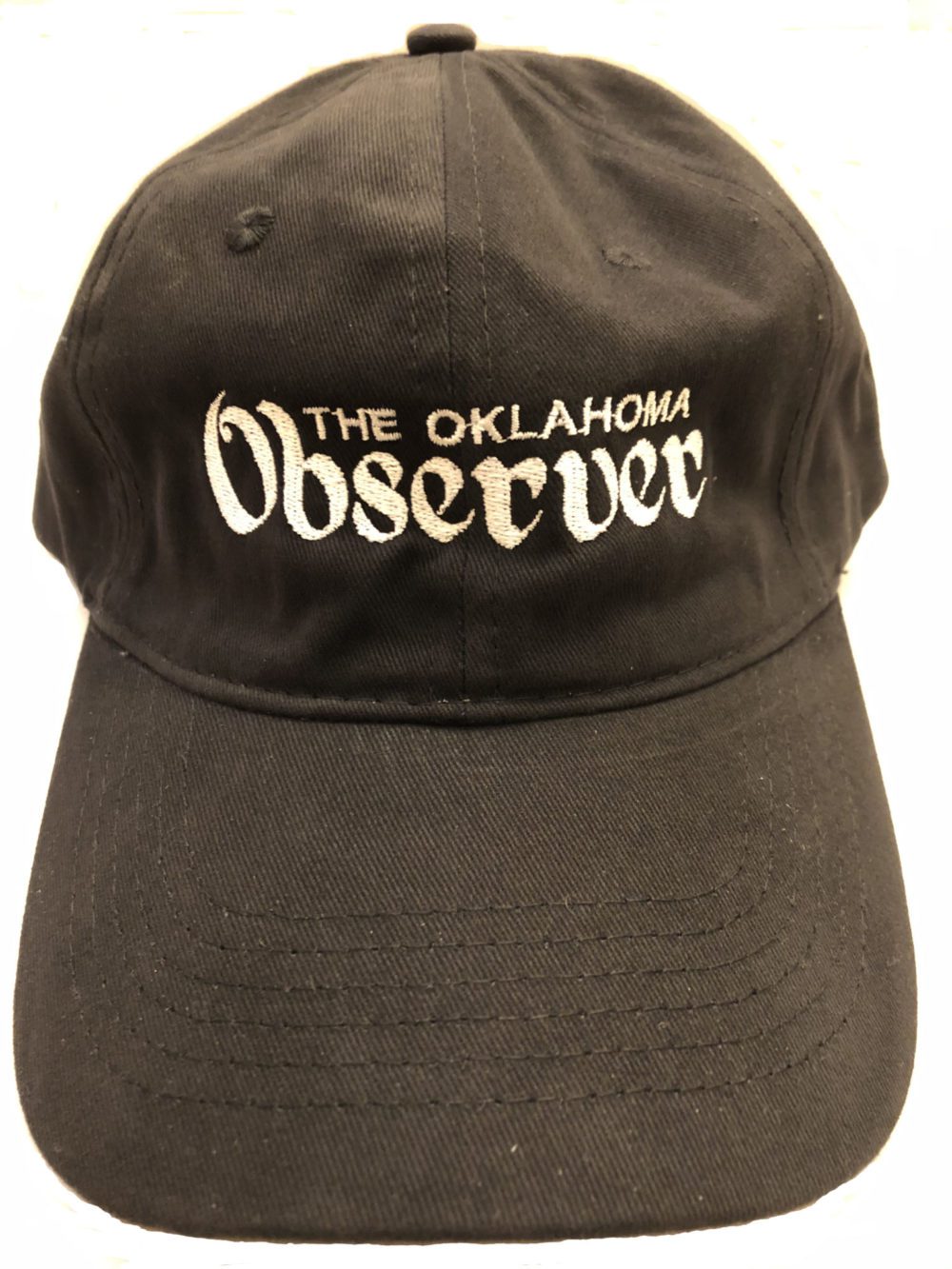This column was updated 4.20.20 at 4:04 p.m. to reflect new State Board of Equalization numbers for the FY ’20 and FY ’21 budgets.
BY JOE DORMAN
I wish there was more good news to report for what our state is facing, but it is important for you to know what Oklahoma has ahead. The anticipation is that the high point of COVID-19 will hit our state this week. Oklahoma hospitals will need 800 beds for COVID-19 patients, along with 200 ICU beds, and 192 ventilators, according to news reports.
Economically, the Petroleum Alliance of Oklahoma reported last week that activity in the state’s oil and natural gas sector continued to contract in February with the Oklahoma Energy Index down 1.4% from January. The February drop marks the 16th consecutive month of declining activity. The worst of the COVID-19 related news didn’t hit markets until March suggesting a further and more dramatic drop in activity is yet to come.
“It is important to remember that Oklahoma was already heading into a mild oil cycle recession before COVID-19 related restrictions,” explained Dr. Russell Evans, executive director of the Steven C. Agee Economic Research and Policy Institute at Oklahoma City University. “These restrictions will constrain the flow of goods and services through the economy and create one of the most abrupt and severe recessions ever experienced in a developed economy.”
Unemployment filings last week across the nation reached 5.2 million, and more than 22 million Americans have filed for unemployment during the COVID-19 pandemic. Over 51,000 of those are Oklahomans. The Oklahoma Employment Securities Commission has more than 1,100 workers assisting claim filers, but the response time is still far behind the norm with so many people seeking assistance.
Updates provided by officials late last week show that the upcoming budget that will be voted upon by the Legislature in the very near future might look even worse than originally expected. The Board of Equalization met Monday and certified numbers that the lawmakers will use to craft the allocations.
The revenue failure [the amount collected that is less that projected] for this year will be $459 million. Preliminary estimates for the fiscal year beginning July 1 – the one our lawmakers are writing during this session – show that the state will have $1.366 billion less than originally expected, dropping from $8.244 billion to just under $6.8 billion
The Oklahoma Institute for Child Advocacy appreciates the work done by each of our lawmakers who will be crafting the budget for the state, and we ask them to be thorough and methodical with how the allocations are distributed. The temptation will be there to make across-the-board cuts that hit every agency the same percentage.
This severe downturn will require much more thought as some services that support those in need will actually see an increase in demand due to more people qualifying. A 3% cut for one agency, for example, might not be as devastating as one that helps maintain the social safety net. An across-the-board cut, which may be easy in the short term, will result in lawmakers having to return later to pass supplemental increases to specific agencies serving those impacted by this economy and the pandemic.
Approaches for how to handle COVID-19 are across the board. A push is being made by some across the nation to return the country to work immediately, including a group who rallied at the state Capitol from their vehicles calling on a lift to all shelter requirements.
In contrast, a study from Johns Hopkins University is calling on slow return to the workforce and large scale “contact tracing” to help notify people who would notify anyone who might have been exposed to the virus and recommend they also be tested and self-quarantine for 14 days to avoid further spread.
OICA asks you to please be safe and continue to social distance and follow the recommendations of health professionals to help “flatten the curve” faster and help move to a point where it is safe to be out in your community.
Former state Rep. Joe Dorman is chief executive officer of the Oklahoma Institute for Child Advocacy.



